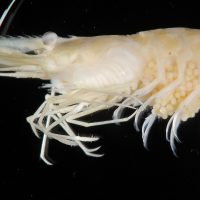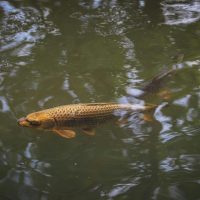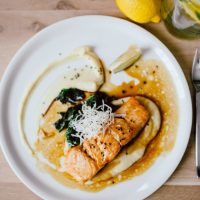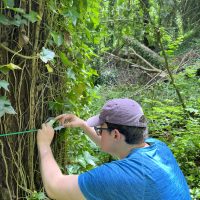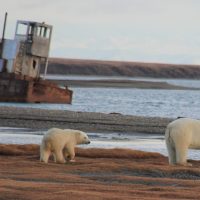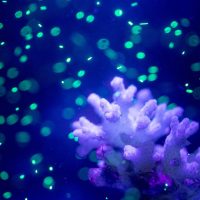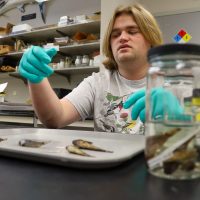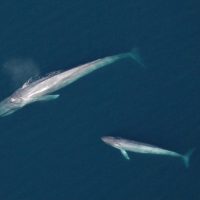Filter Results
Tracking two invasions for the cost of one
While conducting early detection monitoring for invasive European green crab (Carcinus maenas), Washington Sea Grant Crab Team discovered a non-native shrimp Palaemon macrodactylus, hitherto unreported along Washington’s portion of the Salish Sea. By examining prior data, and tracking this species closely over subsequent years, the team which included researchers from SAFS, were able to consistently monitor the spread and increase of this species across the region.
Read moreHow can real-time monitoring improve fisheries management?
A new video by ICES explores a solar-powered acoustic monitoring system that tracks fish migrations and provides near-real-time data to support sustainable fishing, featuring John Horne.
Read moreNew study shows non-native species drive the global loss of freshwater fish beta-diversity
In a new paper co-authored with researchers from the Federal University of Paraná, Julian Olden explored changes in biogeographic patterns in global fish diversity caused by the spread of non-native species, teasing apart the geographic and taxonomic drivers of change.
Read moreWithout a trace: How is Russian seafood ending up on US plates?
Whether it is food or clothing, people care about where their products come from. Seafood is no different. Governments, retailers, and customers care about the source of the seafood on their plate as it is an important factor for evaluating the product’s sustainability and whether it aligns with their values. In a new perspective piece published in npj Ocean Sustainability, Jessica Gephart worked with a team of researchers to look into a specific case of seafood traceability in relation to US imports after sanctions on Russia.
Read moreBirdsong, insects, and streams: How are King County’s riparian habitats faring?
It’s not just fish being studied at SAFS. Undergraduates get to learn about a huge range of species, from teeny tiny parasites and insects, to seabirds and the largest mammals on Earth. And it’s not just animals either. It’s all the habitats in which these animals live and depend on. For Stevan Pekich, his capstone project is exploring how urbanization and insect health are affecting riparian-obligate bird species in our local King County.
Read moreScientists pilot a new method to measure the health of wild polar bears
Climate change threatens the health of polar bears across the Arctic. A study published in Conservation Physiology on March 5, introduces a new approach to measuring the health of polar bear populations, drawing inspiration from a well-known concept in human medicine: allostatic load. The lead author of the study is SAFS PhD student, Sarah Teman, working with UW Professor, Kristin Laidre, and scientists from USGS and Fish and Wildlife Health Consulting.
Read moreMicroplastics and their macro problems: UW Daily speaks to Jacqueline Padilla-Gamiño
Microplastics are everywhere. From the clothes you wear to the food you eat, to even your toothbrush, microplastics are difficult to avoid. And these tiny pieces of plastic have big consequences for both humans and the wider environment. UW Daily speaks to Jacqueline Padilla-Gamiño about her research into microplastics and marine organisms such as corals and anemones.
Read moreWho’s who? Using identification tools to tell freshwater sculpin apart
Scanning through the rows and rows of preserved fish housed in the UW Fish Collection, it’s easy to get lost trying to figure out what each fish is, especially to the untrained eye. Fish identification is a necessary step when preserving specimens from the wild, which deliver key insights for researchers delving into the untold secrets of fish. For SAFS undergraduate Liam Aston, his capstone research involves looking at Cottus specimens in the Fish Collection, a group of freshwater sculpin found throughout the Northern Hemisphere.
Read moreUnravelling the mystery of the missing blue whale calves
Only two blue whale births have ever been recorded in human history, an extraordinary mystery given they give birth every two to three years. Calves are also only rarely sighted—far less than would be expected from their pregnancy rates. Calves closely follow their moms and are sighted as mother-calf pairs, but why are so few detected? A new UW study by Trevor Branch proposes why. Its explanation hints at when and where the unseen births are happening and where blue whale calves spend their earliest months.
Read more